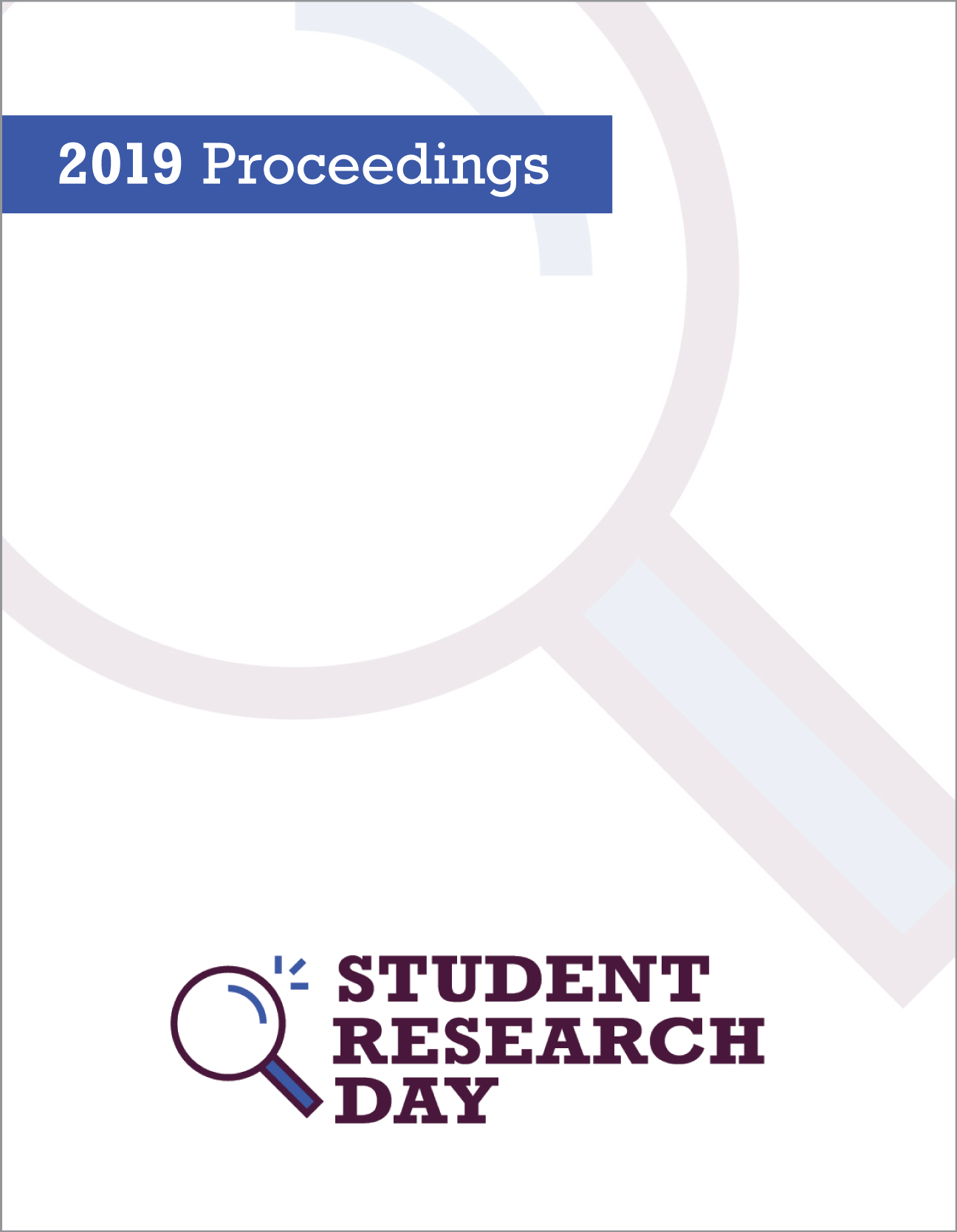Cerebellar tDCS alters recalibration but not realignment during visuomotor learning
Abstract
Previous research suggests that the cerebellum is a brain region that is important for motor control as well as motor learning. To further examine the role of the cerebellum in motor learning we used transcranial direct current stimulation (tDCS) – a non-invasive brain stimulation technique in which a weak electrical current is applied through the scalp to alter the baseline activity of neurons under the stimulating electrode. In the current study, participants (n=60) completed a prism adaptation task in which they pointed to targets on a touch screen with their right hand before, during, and after adaptation to 17° rightward shifting prisms while undergoing either anodal (+), cathodal (-) or sham tDCS. Our results indicate that, during prism adaptation, cathodal (-) stimulation significantly reduced pointing errors (i.e., recalibration) during the first 40 pointing trials compared to both anodal (+) and sham stimulation. However, there were no significant differences in adaptation after-affects (i.e., spatial realignment) between the three groups. Overall, our findings offer further insight into the role of the cerebellum in motor learning and how tDCS might be used to enhance recovery in patients with cerebellar brain damage.
Faculty Mentor: Christopher Striemer
Department: Psychology
Published
Issue
Section
License
Authors retain any and all existing copyright to works contributed to these proceedings.



